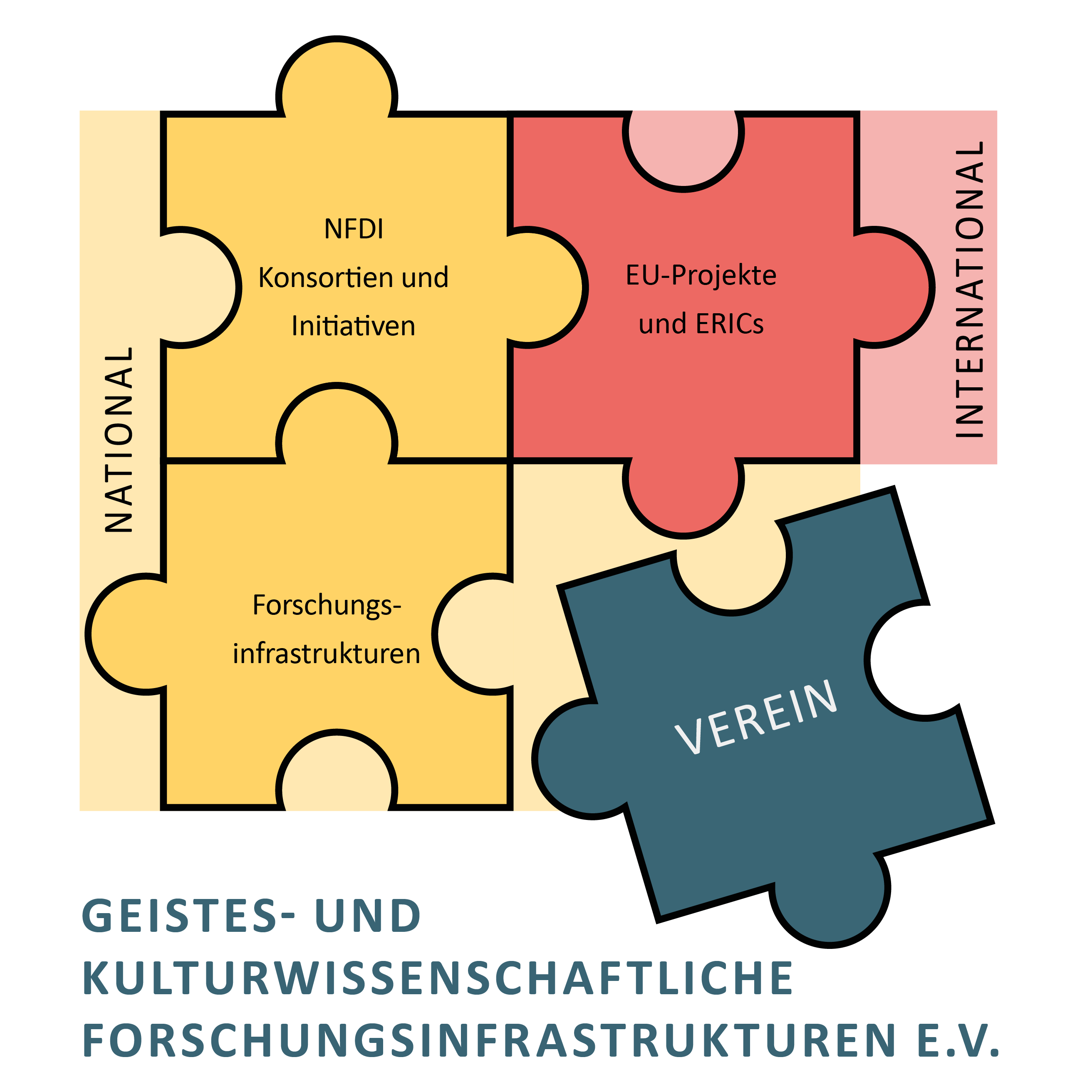The Logical View
last modified on Mai 30, 2012
The Logical View
Project and Aggregation
Starting the TextGrid Lab, the eclipse-based TextGrid client application, one of the first tools the TextGrid user is confronted with is the omnipresent Navigator (figure 1). Offering the same (and some additional) functionality as an ordinary file browser, this tool provides access to the objects in the grid.
(insert image here) Figure 1: The TextGrid Navigator
The top-level elements of the hierarchical structure displayed by the Navigator are the so- called Projects. The Project serves as container for the (role-based) rights management – comparable with the Bucket in Amazon S3 or the Context in eSciDoc. Any TextGrid object belongs to a project. TextGrid users can start a new project in order to create new or copy existing objects. The creator of a project can select other TextGrid users, associate them with the project and assign specific roles to them. A Project consists of an arbitrary number of objects (Simple Object) and Aggregations, (virtual) folders, that can contain objects and other Aggregations in turn. Aggregations are also objects, though specialised ones. Every object is coupled with a set of metadata.
Object Types: Item, Edition, Work and Collections
In order to avoid redundancy, misspellings etc. and to keep the management of bibliographic metadata straightforward and simple, bibliographic metadata is spread on three types of Objects: Item, Edition and Work – inspired by the FRBR model. While – in terms of metadata – Item is the most generic object type that is not necessarily a bibliographic object in a narrower sense (could also be an aggregation), Edition and Work objects must conform to a specific metadata sub-schema. While Edition is modelled as an Aggregation (with a specific set of metadata), a Work object is modelled as an empty Simple Object with work-specific metadata. The connection between instances of these three object types is modelled via relations be- tween Item and Edition (aggregates), and Edition and Work (isEditionOf), cf. figure 2:
(insert image here) Figure 2: Bibliographic Hierarchy.
Besides Item, Edition and Work, the TextGrid metadata schema provides for a fourth object type, the Collection. Not unlike the Edition object, a Collection is also modelled as an Aggregation, but with a more generic, non-bibliographic metadata set. For instance, a Collection can be used to aggregate non-bibliographic objects (or mash up bibliographic and non-bibliographic Items) and assign them to a common temporal or spatial scope – or even provide a description for this selection.

